Bandit corydoras - Corydoras metae
Scientific name: Corydoras metae
Common name: Bandit corydoras
Family: Callichthyidae
Usual size in fish tanks: 5 - 6 cm (1.97 - 2.36 inch)
014
Recommended pH range: 6 - 8
Recommended water hardness: 4 - 18°N (71.43 - 321.43ppm)
0°C 32°F30°C 86°F
Recommended temperature range: 22 - 26 °C (71.6 - 78.8°F)
The way how these fish reproduce: Spawning
Where the species comes from: South America
Temperament to its own species: peaceful
Temperament toward other fish species: peaceful
Usual place in the tank: Bottom levels
Short Description
The Bandit Corydoras (Corydoras metae) is a peaceful and hardy bottom-dwelling fish native to the river basins of Colombia in South America. This species is easily recognized by its distinctive black stripe running down its back and across its eye, resembling a bandit mask. Known for their active and social behavior, Bandit Corydoras are ideal for community aquariums, especially for beginners looking for a low-maintenance species.
Origin
Corydoras metae is native to South America and is found primarily in the Meta River basin of Colombia. These fish inhabit slow-moving waters with sandy or muddy substrates and abundant aquatic vegetation.
Tank Requirements
A tank of at least 60 liters (15 gallons) is recommended for Bandit Corydoras. Maintain water temperatures between 22-26°C (71.6-78.8°F), a pH range of 6-8, and water hardness of 4-18°N (71.43-321.43 ppm). Use a soft sandy substrate to protect their sensitive barbels and include plants, driftwood, and rocks to create hiding spots. Good water quality is essential, so ensure efficient filtration and regular water changes.
Food and Feeding
Bandit Corydoras are omnivorous and thrive on a varied diet. Provide high-quality flake foods, sinking pellets, and algae wafers as their staple diet. Supplement their meals with live or frozen treats such as bloodworms, brine shrimp, and daphnia. An occasional treat of shelled peas can also be offered to diversify their nutrition. Feed them small portions twice daily.
Compatibility
Bandit Corydoras are peaceful and suitable for community tanks. They get along well with other small, non-aggressive species such as tetras, rasboras, and dwarf gouramis. Avoid housing them with aggressive or overly active fish to prevent stress. Keeping them in groups of six or more encourages natural shoaling behavior and reduces stress.
Sexing
Females are generally larger and plumper than males, particularly when mature. These differences become more noticeable during breeding, as females carry eggs.
Breeding
Breeding Bandit Corydoras is relatively easy. They spawn in groups and lay batches of 50-100 eggs on plants, Java moss, or tank glass. Performing large water changes with cooler water can trigger spawning. The eggs hatch within 4-5 days, and once the fry are free-swimming, feed them newly hatched brine shrimp or finely powdered fry food. With proper care, the pairs will breed prolifically.
Lifespan
With proper care, Corydoras metae can live up to 5 years. Maintaining stable water conditions, a balanced diet, and reducing stress are key to ensuring their longevity.
Pictures
Bought by aqua-fish.net from jjphoto.dk.
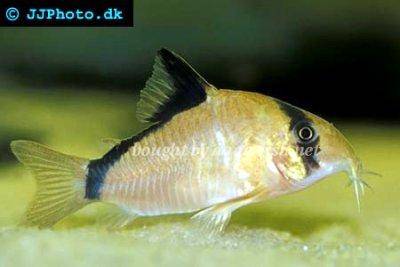






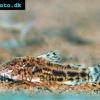 Aspidoras
Aspidoras 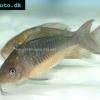 Giant
Giant 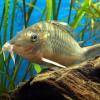 Hognosed
Hognosed 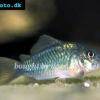 Emerald
Emerald 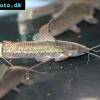 Cascarudo
Cascarudo 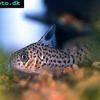 Acre
Acre 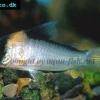 Adolfo’s
Adolfo’s 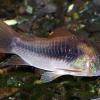 Bronze
Bronze 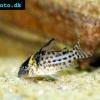 Agassizii’s
Agassizii’s 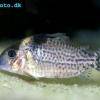 Spotted
Spotted 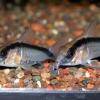 Skunk
Skunk 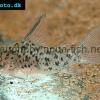 Corydoras
Corydoras 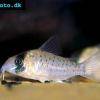 Fairy
Fairy 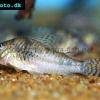 Corydoras
Corydoras 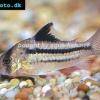 Pink
Pink 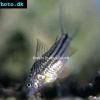 San
San 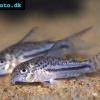 Bond’s
Bond’s  Spotted
Spotted 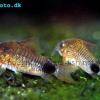 Tailspot
Tailspot 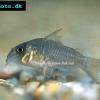 Concolor
Concolor 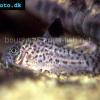 Cope’s
Cope’s 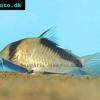 Sand’s
Sand’s 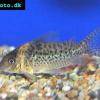 False
False 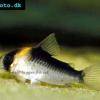 False
False 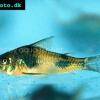 Ehrhardt’s
Ehrhardt’s 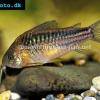 Elegant
Elegant 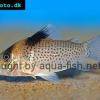 Saddle
Saddle 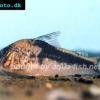 Fowler’s
Fowler’s 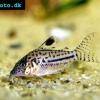 Gomezi
Gomezi 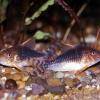 Palespotted
Palespotted 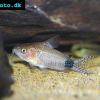 Guapore
Guapore 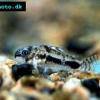 Dainty
Dainty 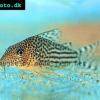 Mosaic
Mosaic 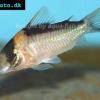 Imitator
Imitator 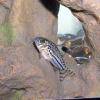 Julii
Julii 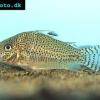 Leopard
Leopard 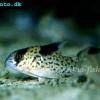 Black
Black 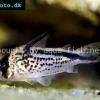 Slant-bar
Slant-bar 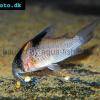 Bluespotted
Bluespotted 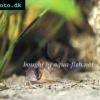 False
False 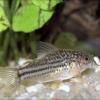 Mini
Mini 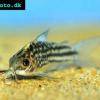 Napo
Napo 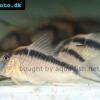 Corydoras
Corydoras 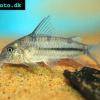 Blue
Blue 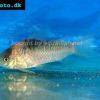 Nijssen’s
Nijssen’s 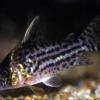 Ornate
Ornate 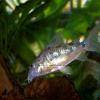 Peppered
Peppered 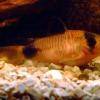 Panda
Panda 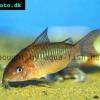 Albertini
Albertini 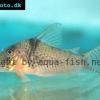 Pastaza
Pastaza 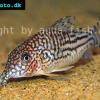 Corydoras
Corydoras 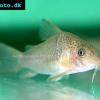 Many-spotted
Many-spotted 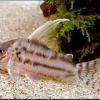 Pretty
Pretty 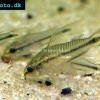 Dwarf
Dwarf 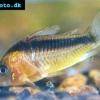 Iridescent
Iridescent 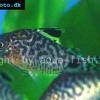 Reticulated
Reticulated 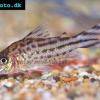 Bannertail
Bannertail 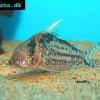 Robust
Robust 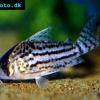 Schwartz’s
Schwartz’s 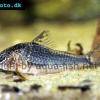 Black
Black 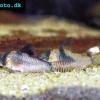 Longnosed
Longnosed 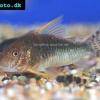 Seuss’
Seuss’ 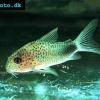 Smudge
Smudge 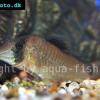 Masquerade
Masquerade 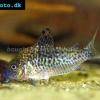 False
False 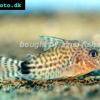 Millenium
Millenium 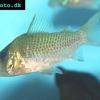 Pinkthroat
Pinkthroat 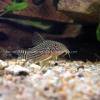 Sterba’s
Sterba’s 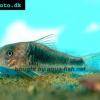 Longsnout
Longsnout 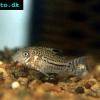 False
False 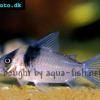 Miguelito
Miguelito 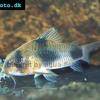 Twosaddle
Twosaddle 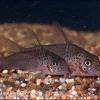 Xingu
Xingu 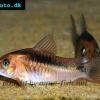 Black
Black 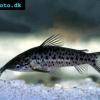 Porthole
Porthole 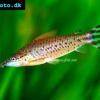 Flagtail
Flagtail 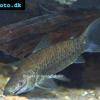 Brown
Brown 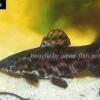 Spotted
Spotted